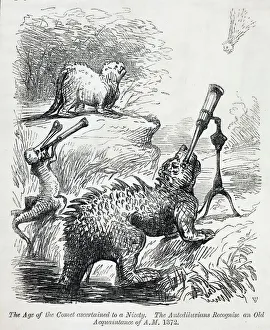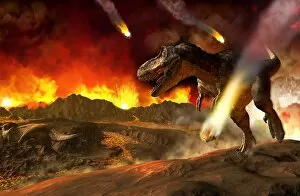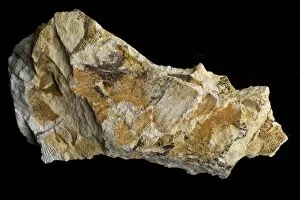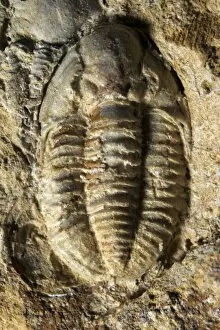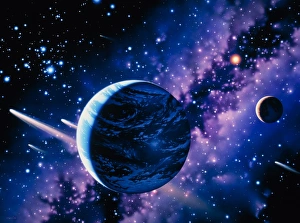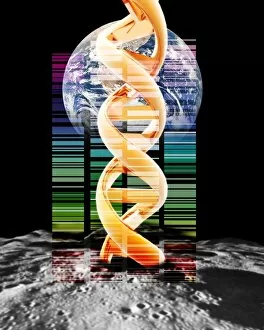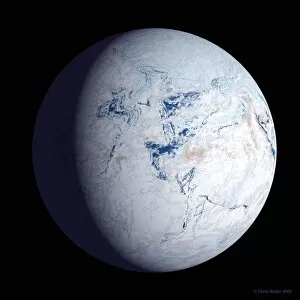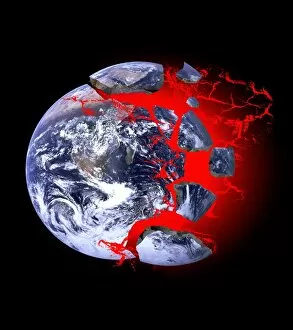Mass Extinction Collection
"Unveiling the Shadows of the Past: Exploring Mass Extinction" In 1861, Punch magazine depicted a thought-provoking cartoon showcasing dinosaurs and comets
All Professionally Made to Order for Quick Shipping
"Unveiling the Shadows of the Past: Exploring Mass Extinction" In 1861, Punch magazine depicted a thought-provoking cartoon showcasing dinosaurs and comets. Little did they know that their imaginative artwork would foreshadow one of Earth's most significant events - the extinction of dinosaurs. The first hint takes us back to that era, where we witness an astonishing encounter between a Parasaurolophus dinosaur and an asteroid. This catastrophic event marked the end of these majestic creatures' reign on our planet. Artworks C017/0690 and C018/7902 further delve into this ancient tragedy, capturing the essence of despair as countless species vanished from existence. The Permian Bryozoans featured in C015/0692 remind us how entire ecosystems collapsed during mass extinctions. Amongst those lost to time is Pseudophillipsia artiensis, showcased in artworks C015/0715 and C015/0711. These once-thriving organisms now serve as haunting reminders of nature's fragility. But what could have caused such devastation? Some theories point towards celestial phenomena like Nemesis star or asteroids approaching Earth (as seen in artwork C013/8949). Scientists continue to explore these possibilities through asteroid probes, hoping to unravel more about our planet's tumultuous past. Mass extinction remains an enigma worth contemplating; it reminds us that life on Earth is both resilient and vulnerable. As we reflect upon these hints from history, let them inspire us to protect our precious biodiversity for future generations.

